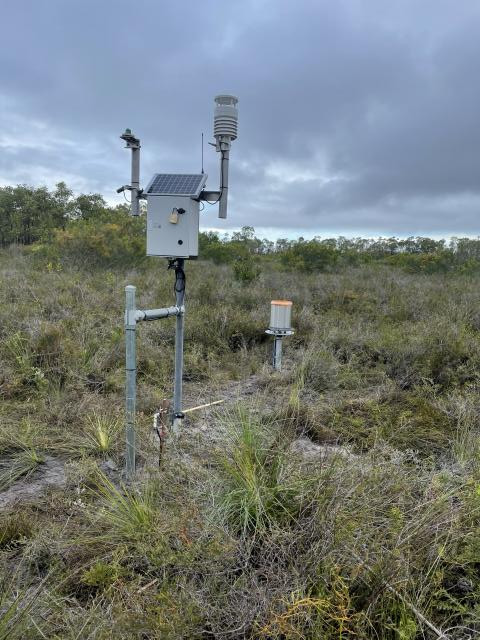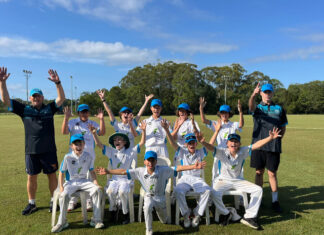
Noosa Council has added yet another weapon in its toolkit to improve bushfire resilience in the shire and other regional communities around Australia.
A series of advanced sensor stations have been deployed across the shire to collect data for use in bushfire prediction systems.
Council has partnered with ICT International, an Internet of Things (IoT) solution provider for environmental applications, to collect data across 10 environmental parameters including climatic conditions, soil and fuel moisture, and upload the data over a LoRaWAN communications network that blankets the Noosa Shire.
“It’s exciting to add this capability to our bushfire resilience toolbox,” Noosa Council’s Disaster Management Officer, James Ulyate said.
“These sensors enable us to monitor environmental conditions and assess hazard risk in real time across seven bushland zones, all via a web dashboard.”
Data will also be made available to a global network of technology partners in Council’s Firetech Connect program – an initiative to build resilience in bushfire prone regional communities by accelerating the adoption of innovative technologies.
Director of Council’s Peregian Digital Hub Chris Boden said the initiative could significantly enhance the ability to predict when bushfires start.
“Predictive analytics solutions can help forecast where and when bushfires might start and how they are likely to behave,” Mr Boden said.
“To help improve the accuracy of those solutions, we’re making this data available via API to our Living Lab partners to incorporate into their software.”
Noosa Council’s Living Lab is funded jointly by the Australian and Queensland governments for almost $1.9 million under the Local Economic Recovery program, to fast track use of solutions that mitigate the impacts of major bushfire events.
“The sooner people have the right information, the sooner they can make important decisions to lessen a bushfire’s impact,” Coordinator-General of the National Recovery and Resilience Agency, the Hon Shane L Stone, AC QC said.
“Quality data that’s readily available for anyone involved in natural disaster response, recovery and preparedness is key. The Australian Government created the Australian Climate Service in response to the recommendations from the Bushfire Royal Commission for this very reason.
“Along with initiatives like the Living Lab, we’re in a stronger position to reduce the economic, emotional and social impacts of future natural disasters,” The Honourable Shane Stone said.
The stations are manufactured in Australia by ICT International, who export to over 50 countries annually from their base in Armidale, NSW and draw on over 40 years of experience and scientific research in environmental instrumentation.
“We’re thrilled to be working with Noosa Council to build bushfire resilience in regional communities,” Environmental Scientist at ICT International Sam Fisher said.
“ICT International’s customised fire weather stations provide near real-time localised environmental data for informing fire danger predictions, detection and control strategies. Our precision sensing solutions have broad applicability across the forestry and fire and emergency sectors.”






